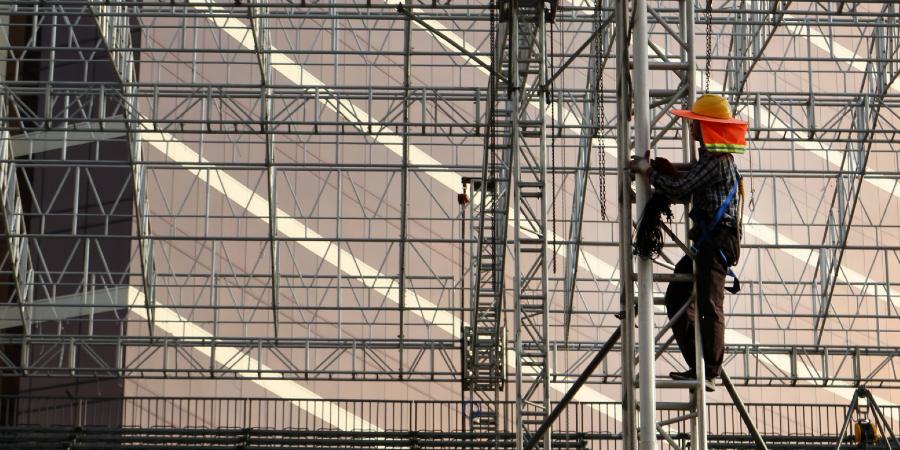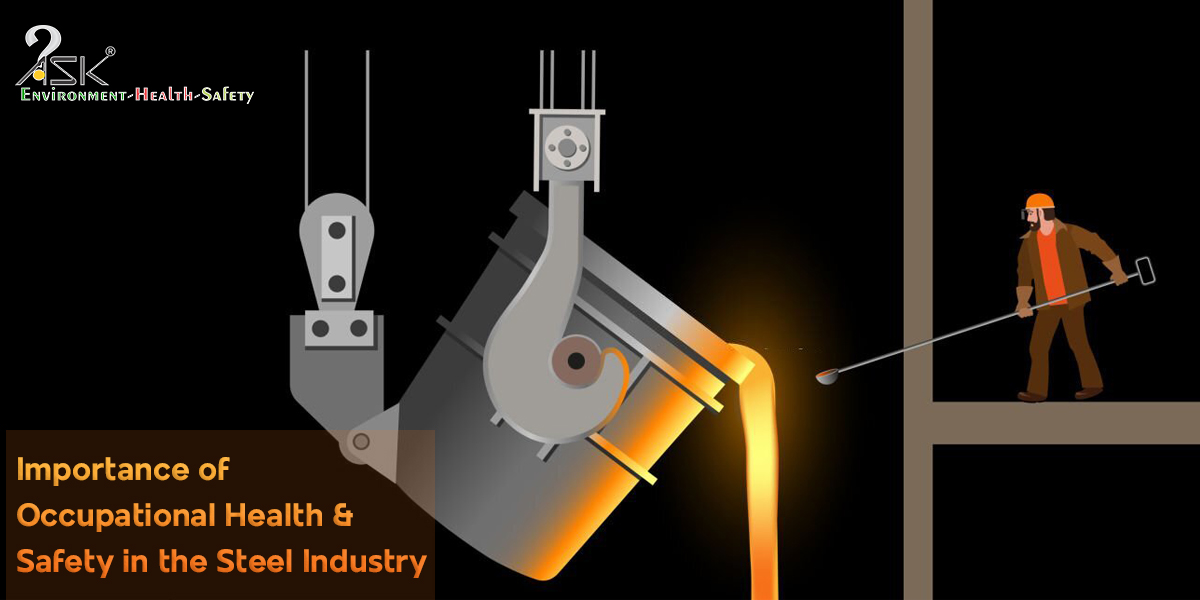Work at height operations and right mind-set

Employees are strictly told to take safety precautions and follow prescribe safety regulations while working at heights – but this on its own isn’t enough. Many other factors, especially human factors such as fatigue, complacency, and risk normalization can prove fatal to the working personnel. Supervising and addressing them becomes equally important to safeguard their lives.
The danger of falling
Working at any elevation becomes dangerous and unforgiving, if a person commits even a single mistake. Tripping your own feet and losing balance can result in a trip to a hospital’s emergency room – despite being a range of equipment to keep them safe. The probability of falls takes an upward leap, at unprecedented rates, if human errors collide with perilous working conditions.
The basic contours of individual issues are quite straightforward – a person’s physical and mental state can affect their work performance.
Although the statement that the workers who are tired are more likely to be injured, cannot stand completely true, many might agree to a certain extent. Simply because while working at heights, employees are teetering on the brink for a large part of their day – their margin for error is so thin that even a slightest distraction can affect their judgement of needing to rely on harness or not. (Only if they have a habit of using fall harness)
Effective and context-relevant tactics for staying safe
Managing these factors can terminate working complacencies and desensitization of risks, changing people’s perceptions about risks and dangers at heights.
The first step begins with training the people and addressing these risks – one needs to be told about the factors that contribute to a fall and the actual likelihood of the incident occurring. Workers at heights may overestimate their abilities to perform jobs and are likely to downplay the dangers of illness, rushing, confusion etc.
A training that recalibrates their take on risks provides them an increased sense of situational awareness when they start working above the ground level. In real-time, they must have the ability to judge their personal factors that are increasing dangers around them – once they adjust their actions according to their observations, they can remain alert about the conditions surrounding them.
Supervisors must be educated as they are the essential drivers of keeping workers safe when things get done. One-to-one discussions and sharing of real-world scenarios, when facilitated, can keep awareness at front in peoples’ minds. The same supervisor is better positioned to intervene and mitigate the risk – working shifts can be adjusted keeping things in mind.
More subtle factors can induce risks. Tight deadlines and insufficient breaks can leave workers fatigued in the last few hours of the shift. Clearly, in conditions like these, every safety professional must take a hard look at their work-at-height safety plan and address factors that are putting people at risk. An informed choice of equipment and knowledge on safeguarding oneself remains mandatory.
Technical support from tools and machinery can shield people from unwanted situations, and comprehensive trainings, instructions and guidance can educate them on how to spot a hazard and maintain healthy and safe culture at the workplace.


